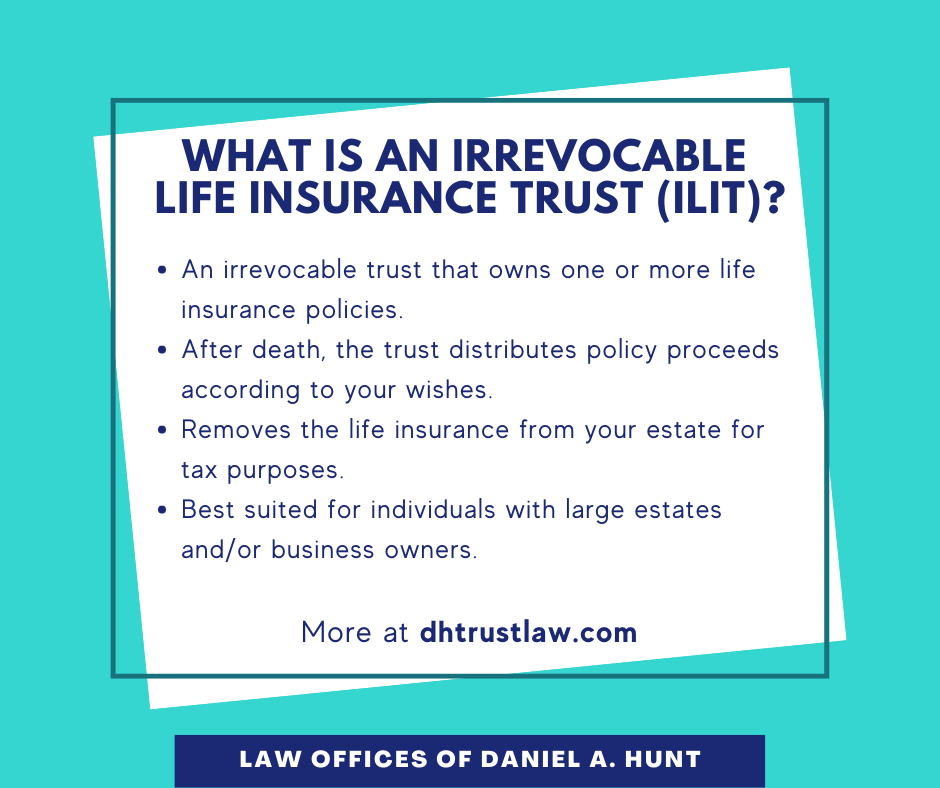Pacific Prime - An Overview
Pacific Prime - An Overview
Blog Article
About Pacific Prime
Table of ContentsThe smart Trick of Pacific Prime That Nobody is DiscussingThe 7-Minute Rule for Pacific PrimeHow Pacific Prime can Save You Time, Stress, and Money.The Main Principles Of Pacific Prime
In a lot of states, the insurance company is called for to send you a duplicate of the changes to your policy. It is vital that you check out Recommendations or Bikers so you comprehend exactly how your policy has actually altered and if the plan is still appropriate to satisfy your needs. To obtain a duplicate of your insurance plan, please call your insurance policy agent or firm.
The Institute of Medication (IOM) Committee on the Consequences of Uninsurance launches a prolonged evaluation of evidence that addresses the value of medical insurance coverage with the publication of this record. Protection Issues is the first in a collection of 6 records that will certainly be issued over the next two years recording the fact and effects of having actually an approximated 40 million individuals in the United States without medical insurance coverage.

10 Simple Techniques For Pacific Prime
The objective of this series of researches is to redouble plan attention on a historical problem. Following the longest financial growth in American background, in 1999, an approximated one out of every six Americans32 million grownups under the age of 65 and greater than 10 million childrenremains uninsured (Mills, 2000).

Ten percent of the populace represent 70 percent of health treatment expenses, a connection that has actually continued to be consistent over the previous three decades (Berk and Monheit, 2001) - expat insurance. Therefore health insurance policy proceeds to serve the feature of spreading risk also as it significantly funds routine treatment. From the perspective of health and wellness treatment providers, insurance policy lugged by their patients helps safeguard an earnings stream, and areas gain from financially sensible and secure wellness treatment professionals and organizations
Government offers medical insurance to populaces whom the exclusive market may not offer properly, such as disabled and senior citizens, and populaces whose access to healthcare is socially valued, such as kids and pregnant females. The utmost ends of health insurance coverage for the individual and areas, consisting of workplace neighborhoods of employees and companies, are improved health results and lifestyle.
The Single Strategy To Use For Pacific Prime
Workers rate wellness insurance initially by much in value amongst all the advantages provided in the workplace (Salisbury, 2001). Although there have been substantial financial investments of personal and public funds to offer medical insurance, lots of individuals still have no coverage. Despite extensive coverage of study findings and health care study results, the general public stays confused and misinformed concerning Americans without health and wellness insurance policy and the ramifications of doing not have coverage.

Without concern, the intricacy of American health treatment financing systems and the riches of sources of information contribute to the public's confusion and apprehension concerning medical insurance data and their analysis. This report and those that will follow goal to distill and offer in easily understandable terms the comprehensive research study that bears upon inquiries of medical insurance coverage and its importance.
Fifty-seven percent of Americans questioned in 1999 believed that those without medical insurance are "able to get the treatment they need from medical professionals and medical facilities" (Blendon et al., 1999, p. 207). In 1993, when nationwide interest was focused on the troubles of the without insurance and on pending healthcare regulation, just 43 percent of those polled held this belief (Blendon et al., 1999).

They also get fewer precautionary solutions and are much less most likely to have regular care for chronic problems such as hypertension and diabetic issues. Persistent diseases can lead to expensive and disabling problems if they are not well taken care of (Lurie et al., 1984; Lurie et al., 1986; Ayanian et al., 2000). One national survey asked more than 3,400 adults about address 15 highly serious or morbid conditions.
Pacific Prime Can Be Fun For Everyone
Additional evidence is presented later in this chapter in the discussion of insurance policy and access to health and wellness care. https://young-nemophila-a7b.notion.site/Pacific-Prime-Your-Partner-for-Comprehensive-Insurance-Solutions-7ea95e6a0f4e46d6a51631c55774899a?pvs=25. Individuals without health and wellness insurance policy are young and healthy and pick to go without insurance coverage. Practically fifty percent (43 percent) of those checked in 2000 thought that individuals without health insurance policy are more probable to have illness than individuals with insurance coverage
Voters and plan manufacturers in emphasis group conversations identify those without insurance as youths who have the chance to be covered and feel they do not require it (Concierge Novelli, 2001). Contrasted to those with at the very least some personal coverage, the without insurance are less most likely to report being in excellent or excellent health (Company for Health Care Research and Top Quality, 2001).
SOURCE: Facility for Price and Funding Researches, Company for Healthcare Research Study and Quality, based upon MEPS information. Young person in between 19 and 34 are much more most likely to do not have medical insurance than any type of various other age. This is primarily due to the fact that they are much less usually qualified for employment-based insurance policy because of the nature of their job or their short tenure in it.
The assumption that people without insurance coverage have better-than-average health adheres to from confusing the reasonably young age account of the without insurance with the far better health and wellness, generally, of more youthful persons. This covers the link between wellness status and medical insurance. For those without access to workplace medical insurance, poor health is a potential barrier to purchasing nongroup insurance coverage because such protection may be extremely valued, leave out pre-existing problems, or be just inaccessible.
Report this page